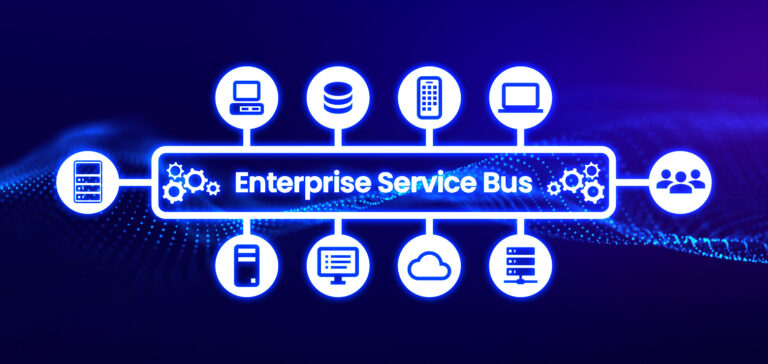Enhance Your Ecommerce Business Through Jitterbit’s API Integration Offering
By Blair Pzytula, Product Manager and Retail Subject Matter Expert
In today’s retail landscape, experience is everything. According to PWC, 73% of customers name experience as a top factor in their purchasing decisions, behind price and product quality. Coupled with the forecast that the global ecommerce market will reach $5 trillion in 2022, it’s clear that consumers are demanding more seamless online buying experiences. As a result, merchants who implement strategies that facilitate better customer journeys will differentiate themselves as true leaders in the ecommerce landscape.
Creating a seamless customer experience starts with having the right tools in place. Online retailers have a plethora of information to process and manage, from orders to product inventory to purchasing to support inquiries. However, this data often resides in disconnected systems and must be manually pulled and rekeyed into CRM, ERP, and other back-end systems. Not only is this manual data entry time-consuming, but it’s also often error prone, leading to delayed orders, incorrect shipments, and dissatisfied customers.
If you’re a retailer who’s wondered if there’s an easier way to navigate these workflows, then you’ve come to the right place. Integration Platform as a Service (iPaaS), such as Jitterbit’s Harmony, enable ecommerce integration and improve the customer experience by eliminating data silos and manual tasks.
Still not convinced you’re a candidate for integration? If you’re struggling with one (or all) or these 7 common ecommerce challenges, it may be time to integrate:
-
Difficulty processing an influx of orders.
Data entry is relatively easy for a small handful of orders. But when your business takes off, there’s no way to keep pace using manual processes. Companies relying on manual processes often handle an influx of orders by adding staff instead of turning to automation, but this can be costly and ineffective.
-
Finding that scalability is limited.
With manual data entry sucking up time and resources, scaling an ecommerce business becomes virtually impossible. Integration and automation allow staff to focus on higher priority tasks that aid growth.
-
Struggling to deliver a good customer experience.
Instead of dealing with back-order issues, companies with integrated processes can easily manage inventory, track shipping, and allow customers to access order history.
-
Dealing with a backlog of orders waiting to be processed.
When businesses fall behind in data entry, orders pile up and customers have to wait for purchases to be shipped. Long wait times can result in failed retention or even order cancellation.
-
Hiring more data-entry resources is costly.
Hiring employees to do data entry between systems is expensive and subject to human error.
-
Keeping inventory records updated is difficult.
Without a process in place for updating inventory records in real time, businesses run the risk of selling items that aren’t actually in stock. Plus, inventory levels need to readjust when companies process returns.
-
Getting negative reviews.
When customers are unhappy with slow service or faulty order processing, they won’t hesitate to write negative online reviews or take their business elsewhere.
Long story short, integration is the answer for retailers looking to streamline their workflows by eliminating manual processes, improving data quality, and driving greater interdepartmental efficiencies. At Jitterbit, we believe in creating a 360-degree view of your customers, partners, and products. By connecting and automating disparate systems and providing easy-to-use integration templates for future integrations, your customers are guaranteed to have a seamless experience at every touchpoint.



